
Raipur: The Heartbeat of Chhattisgarh
Discover Raipur, the vibrant capital of Chhattisgarh, where tradition meets modernity. Explore ancient temples, lush parks, bustling markets, and delectable local cuisine.
Raipur, the bustling capital of Chhattisgarh, is a blend of tradition and modernity. Known for its rich cultural heritage and rapid urban development, Raipur is a city that offers an array of experiences for travelers. From ancient temples and vibrant markets to lush green parks and modern shopping centers, Raipur has something for everyone. One of the city's most prominent attractions is the Mahant Ghasidas Memorial Museum, which houses a fascinating collection of artifacts that narrate the history and culture of the region. For nature enthusiasts, the Nandan Van Zoo and Safari is a must-visit, offering a glimpse of the local wildlife in a serene setting. The city is also home to several beautiful lakes, including the Budhapara Lake, which is perfect for a peaceful evening stroll. Raipur's culinary scene is another highlight, with a wide range of eateries serving everything from traditional Chhattisgarhi cuisine to international dishes. Don't miss trying the local delicacies like Chana Samosa and Aamat. The city also hosts numerous festivals throughout the year, providing visitors with a chance to experience its vibrant culture firsthand.
Local tips in Raipur
- Visit the Mahant Ghasidas Memorial Museum early in the day to avoid crowds and get the best experience.
- Carry a water bottle and wear comfortable shoes as you explore the city, especially its parks and markets.
- Try the local dish, Chana Samosa, at one of the popular street food stalls for an authentic taste of Raipur.
- Plan your visit around major festivals like Diwali or Holi to experience the city's vibrant celebrations.
- Use local transport options like auto-rickshaws for short distances to get a feel of the local lifestyle.
Raipur: The Heartbeat of Chhattisgarh
Raipur, the bustling capital of Chhattisgarh, is a blend of tradition and modernity. Known for its rich cultural heritage and rapid urban development, Raipur is a city that offers an array of experiences for travelers. From ancient temples and vibrant markets to lush green parks and modern shopping centers, Raipur has something for everyone. One of the city's most prominent attractions is the Mahant Ghasidas Memorial Museum, which houses a fascinating collection of artifacts that narrate the history and culture of the region. For nature enthusiasts, the Nandan Van Zoo and Safari is a must-visit, offering a glimpse of the local wildlife in a serene setting. The city is also home to several beautiful lakes, including the Budhapara Lake, which is perfect for a peaceful evening stroll. Raipur's culinary scene is another highlight, with a wide range of eateries serving everything from traditional Chhattisgarhi cuisine to international dishes. Don't miss trying the local delicacies like Chana Samosa and Aamat. The city also hosts numerous festivals throughout the year, providing visitors with a chance to experience its vibrant culture firsthand.
When is the best time to go to Raipur?
Iconic landmarks you can’t miss
Marine Drive (Telibandha Lake)
Discover tranquility at Marine Drive, a scenic lakeside escape in Raipur, perfect for strolling, cultural experiences, and savoring local cuisine.
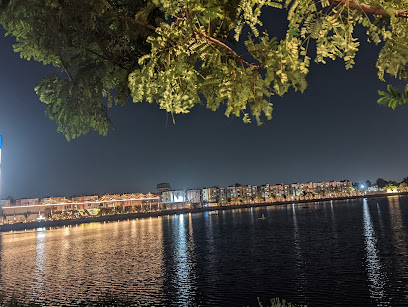
PUNO - Advance Raipur
Experience the thrill of adventure sports at PUNO - Advance Raipur, the ultimate amusement center in Chhattisgarh.

Gadh Kalewa
Experience authentic Indian vegetarian cuisine at Gadh Kalewa, a cultural dining hotspot in Raipur, Chhattisgarh.
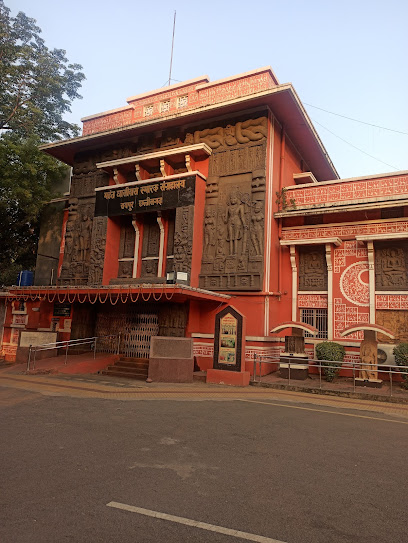
Energy Park(Urja park)
Explore Energy Park (Urja Park) in Chhattisgarh - a beautiful garden promoting sustainability and environmental awareness amid stunning natural landscapes.
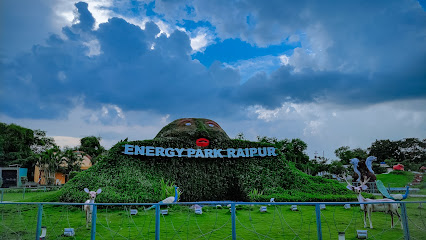
Purkhouti Muktangan
Explore the rich cultural heritage of Chhattisgarh at Purkhouti Muktangan, a serene park blending nature with indigenous art.
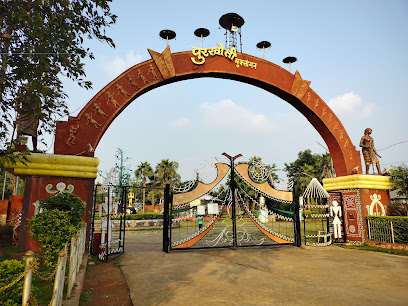
Gandhi Udyan, Raipur
Discover the natural beauty and cultural significance of Gandhi Udyan, a serene park in Raipur, perfect for relaxation and leisurely strolls.
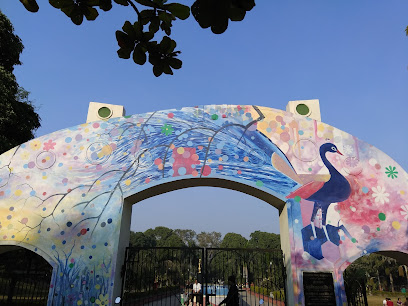
Budha Talab Raipur
Explore Budha Talab Raipur - a serene lakeside retreat for relaxation, recreation, and cultural events in the heart of Chhattisgarh.

Shree Ram Mandir
Experience the tranquility and architectural beauty of Shree Ram Mandir, a premier Hindu temple in Raipur, Chhattisgarh, perfect for spiritual seekers and cultural enthusiasts.
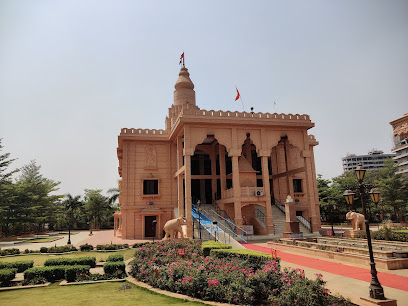
Guru Ghasidas Chowk, Nagar Gadhi
Explore the historical allure of Guru Ghasidas Chowk, a vibrant hub in Raipur showcasing local culture, shopping, and culinary delights.
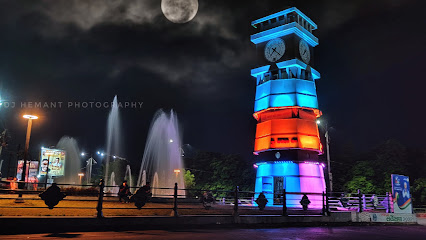
Shahid Smarak Bhawan
Discover Shahid Smarak Bhawan in Raipur, a stunning auditorium celebrating valor through art and culture, blending heritage with modern performances.
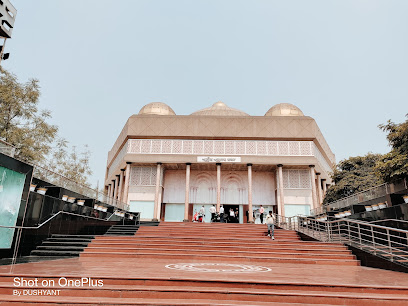
Atal Park
Explore the lush landscapes, recreational facilities, and family-friendly dining at Atal Park, a serene oasis in Chhattisgarh perfect for relaxation and adventure.
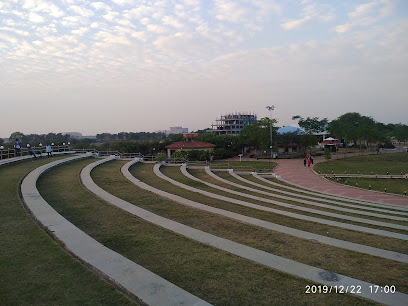
Lal Qila, The Red Fort
Explore the stunning Lal Qila, The Red Fort in Raipur, Chhattisgarh - a magnificent historical landmark showcasing Mughal architecture and rich cultural heritage.
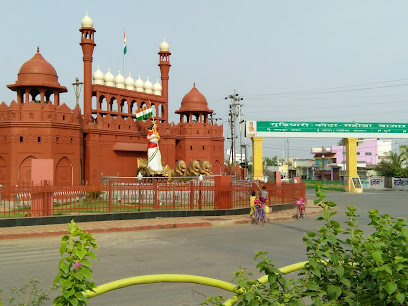
Gandhi Udyan Park
Discover the peaceful charm of Gandhi Udyan Park, a tribute to Mahatma Gandhi nestled in the lush greenery of Raipur, perfect for relaxation and reflection.
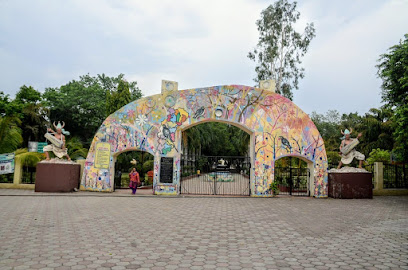
Nandan Van Zoo
Explore Nandan Van Zoo, a vibrant wildlife sanctuary in Chhattisgarh, perfect for families and nature enthusiasts alike, offering educational and immersive experiences.
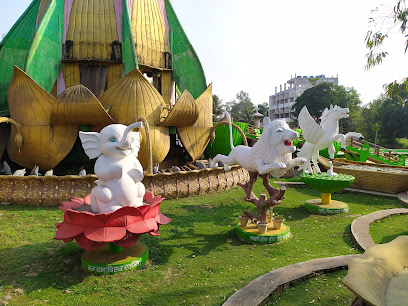
Mahant Ghasidas Memorial Museum
Explore the Mahant Ghasidas Memorial Museum, a cultural gem in Raipur showcasing the rich heritage and traditions of Chhattisgarh through diverse exhibits.
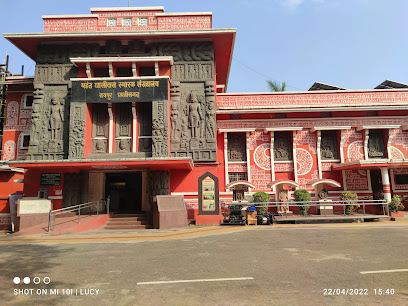
Unmissable attractions to see
Marine Drive (Telibandha Lake)
Experience the tranquility and cultural richness of Marine Drive at Telibandha Lake, a top tourist attraction in Raipur, Chhattisgarh.
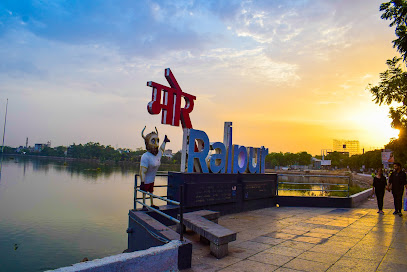
Raipur Railway Station Garden
Discover tranquility at the Railway Station Garden in Raipur, a lush retreat ideal for relaxation, picnics, and enjoying nature's beauty.

MM Fun City
Experience the ultimate fun at MM Fun City, where thrilling rides and refreshing water attractions await every adventurer in Chhattisgarh.
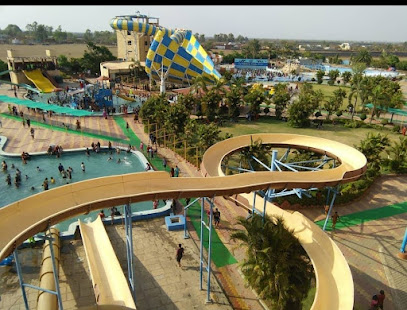
Energy Park(Urja park)
Explore the lush landscapes of Energy Park (Urja Park) in Chhattisgarh, a perfect blend of nature, education, and tranquility for all visitors.
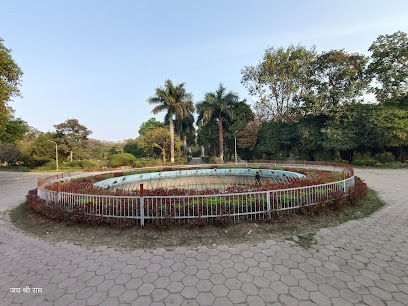
Purkhouti Muktangan
Experience the beauty of nature and Aboriginal art at Purkhouti Muktangan, a cultural gem in Uparwara, Chhattisgarh.
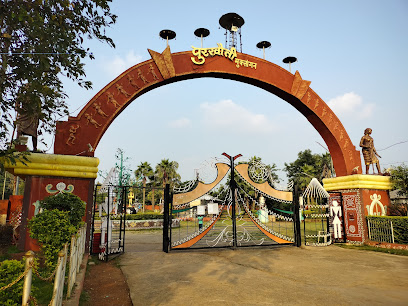
Gandhi Udyan, Raipur
Explore the serene beauty of Gandhi Udyan in Raipur, a historical park perfect for relaxation and family outings amidst vibrant nature.
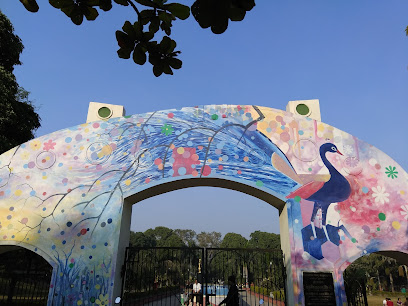
Nandanvan Jungle Safari, Nava Raipur
Discover the breathtaking wildlife at Nandanvan Jungle Safari, Nava Raipur, where adventure and nature come together in stunning harmony.
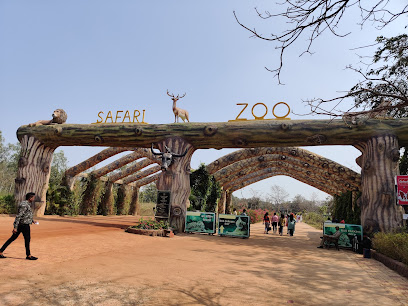
Budha Talab Raipur
Explore the natural beauty and vibrant culture of Budha Talab in Raipur, a perfect destination for relaxation and recreation.
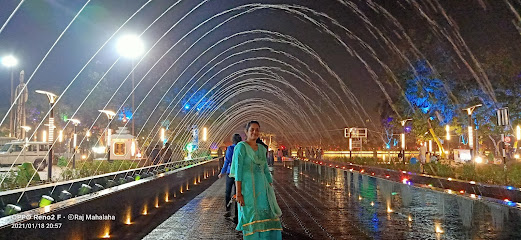
Atal Park
Discover the tranquil allure of Atal Park in Atal Nagar, where nature meets recreation for the perfect family outing.
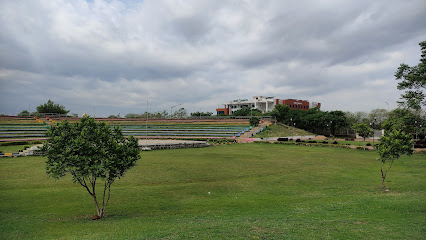
Gandhi Udyan Park
Discover the serene beauty of Gandhi Udyan Park in Raipur, a green haven perfect for relaxation, recreation, and family fun.
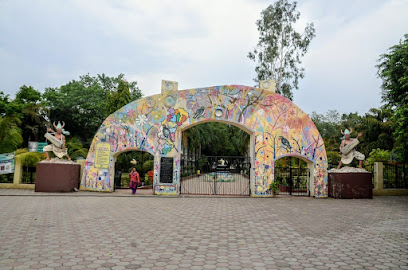
Nandan Van Zoo
Discover the captivating wildlife and serene landscapes at Nandan Van Zoo, a top tourist attraction in Chhattisgarh, India.
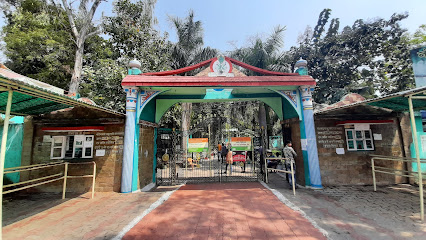
Chhattisgarh Regional Science Centre
Discover the interactive world of science at Chhattisgarh Regional Science Centre in Raipur, where learning meets fun for all ages.

Mahant Ghasidas Memorial Museum
Explore the cultural treasures of Chhattisgarh at Mahant Ghasidas Memorial Museum, showcasing art, history, and heritage in Raipur.
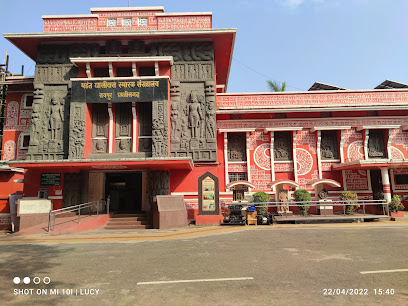
New Swami Vivekananda Gardens (New Buddha Garden)
Experience serenity at New Swami Vivekananda Gardens, a lush park in Raipur, perfect for relaxation, walks, and cultural events amidst beautiful landscapes.
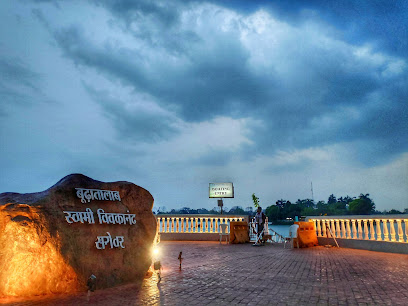
Nehru Udhyan
Nehru Udhyan: A serene park in Raipur, perfect for family outings and nature lovers seeking a peaceful escape.
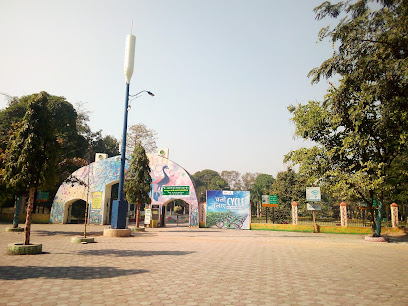
Essential places to dine
Manju Mamta Restaurant
Discover authentic South Indian cuisine alongside diverse options at Manju Mamta Restaurant in Raipur - perfect for every meal!

Girnar Restaurant
Experience the vibrant flavors of India and China at Girnar Restaurant, where family-friendly dining meets exceptional cuisine in Raipur.
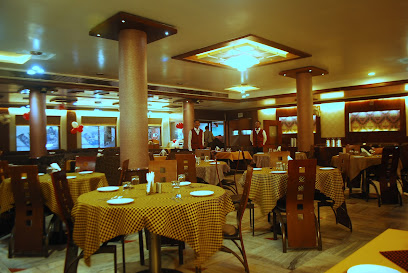
Maharaja Hotel - Best Restaurant in Raipur | South Indian Restaurant in Raipur | Best Veg Restaurant
Experience the rich tapestry of South Indian cuisine at Maharaja Hotel – your ultimate vegetarian dining destination in Raipur.
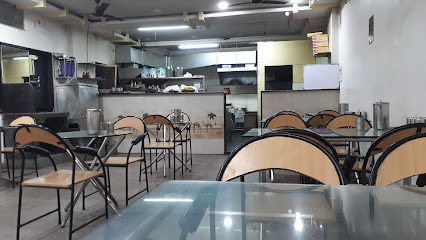
M P Dhaba - Veg Dhaba in Raipur | Veg Buffet @299 | Rooms Available 24*7 | Birthday Party | Hotel In Tatibandh.
Savor authentic Punjabi cuisine at M P Dhaba in Raipur - a family-friendly vegetarian restaurant offering diverse meals and warm hospitality.
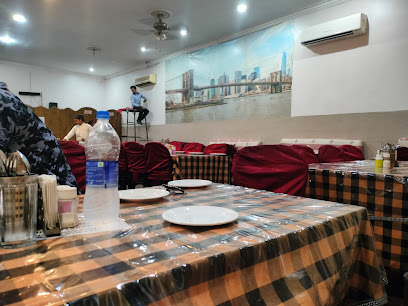
Cafe Junoon®
Experience the vibrant flavors at Café Junoon®, Raipur's go-to spot for delicious vegetarian cuisine and exceptional coffee.
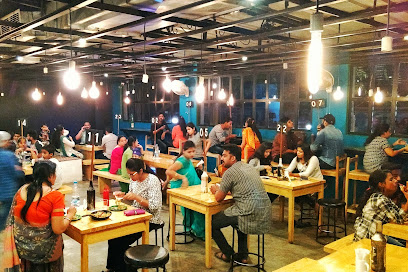
Jalaram Open Kitchen
Experience the rich flavors of South Indian cuisine at Jalaram Open Kitchen in Raipur - perfect for breakfast and beyond!
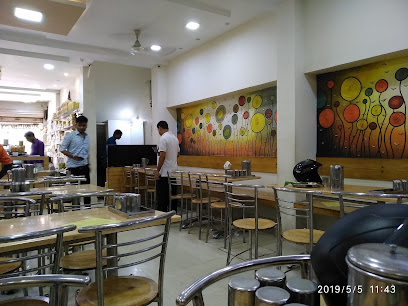
Sukhsagar
Discover Sukhsagar in Raipur: A family-friendly vegetarian restaurant offering delicious meals from breakfast through dinner in a warm atmosphere.
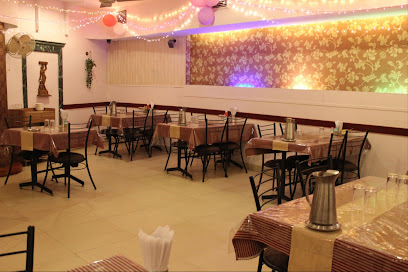
Godwit Cafe
Experience innovative vegetarian cuisine at Godwit Cafe in Raipur – where every dish tells a story of flavor and creativity.

Iraa
Discover luxury dining at Iraa in Raipur - where exquisite flavors and elegant ambiance create an unforgettable culinary journey.
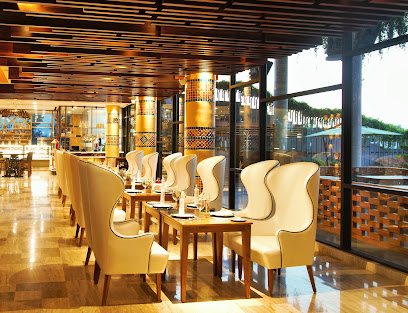
Sukhsagar - Rooftop Restaurant
Experience the vibrant flavors of vegetarian cuisine at Sukhsagar Rooftop Restaurant in Raipur – where every meal comes with stunning views.

Punjabi Dhaba
Savor authentic Punjabi cuisine in Raipur at Punjabi Dhaba – where flavor meets tradition in a family-friendly setting.
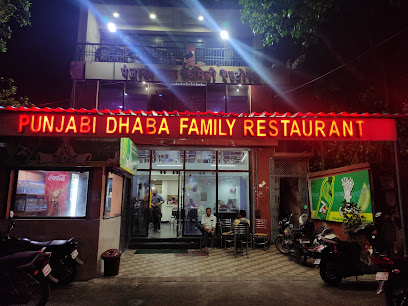
Suruchi Thali Restaurant And Caterers
Experience authentic Rajasthani flavors at Suruchi Thali Restaurant - A vegetarian paradise in Raipur.
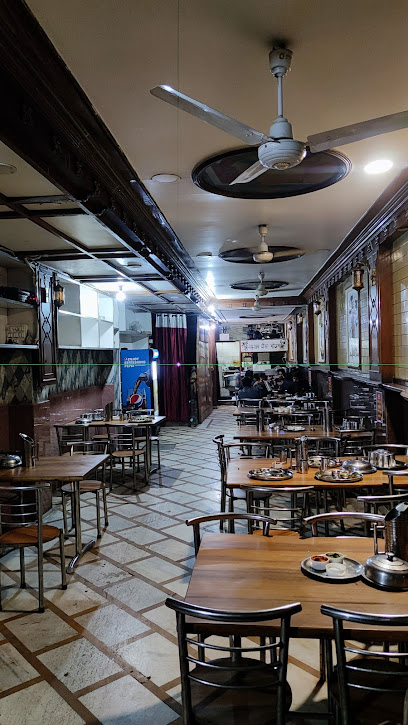
Hot 100
Experience the vibrant taste of Punjab at Hot 100 in Raipur - where authentic flavors meet warm hospitality.
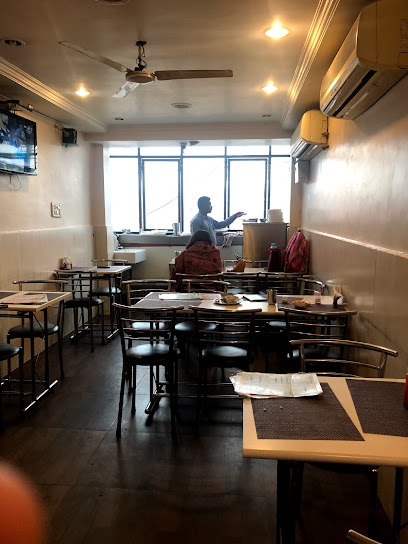
Kikki's Cafe
Discover the vibrant flavors at Kikki's Cafe in Raipur—where diverse cuisines meet cozy dining!
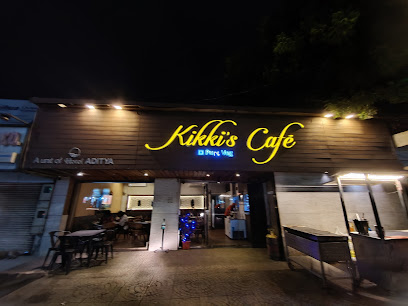
Madrasi Restaurant (Since 1943)
Savor authentic South Indian halal cuisine at Madrasi Restaurant in Raipur - home of delicious biryani since 1943.
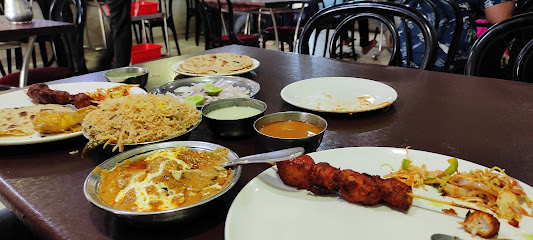
Markets, malls and hidden boutiques
Magneto The Mall
Experience shopping, dining, and entertainment all under one roof at Magneto The Mall, Raipur's premier shopping destination.
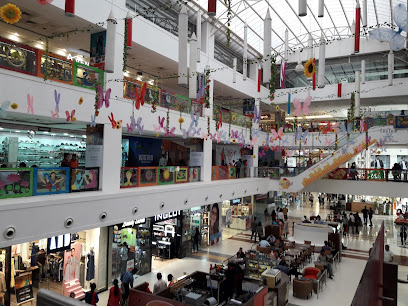
Shree Shivam Attires Private Limited
Explore exquisite fashion at Shree Shivam Attires in Raipur, offering bridal, children's, and designer clothing for every occasion.
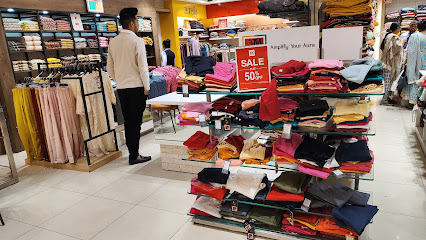
PrintMine.in A Corporate Gift & Awards Store
Discover unique corporate gifts and awards at PrintMine.in, Raipur's top gift shop for memorable souvenirs and professional tokens.
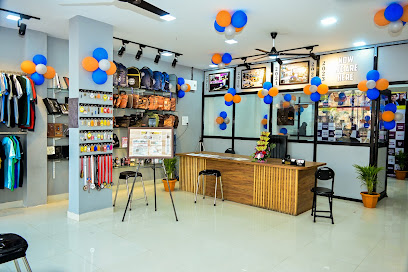
Pandri Market ®
Discover the bustling Pandri Market in Raipur, a vibrant hub for shopping, local culture, and unique fashion finds that celebrate Chhattisgarh's heritage.
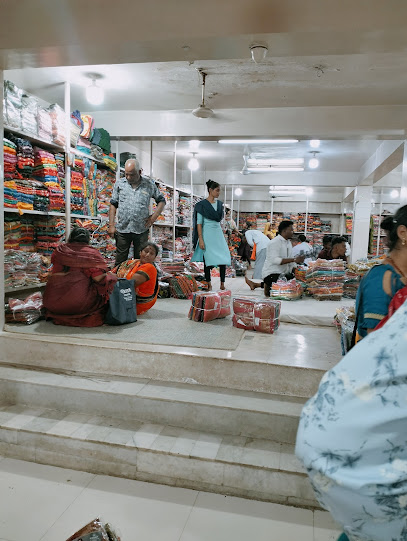
Westside – Raipur III
Discover the latest trends in clothing and accessories at Westside – Raipur III, the ultimate shopping destination in Chhattisgarh.

Muklava Designer Store
Discover unique women's clothing and accessories at Muklava Designer Store in Raipur, a boutique that combines elegance with contemporary fashion.

Rishtey A Complete Gift Shop
Discover Rishtey A Complete Gift Shop in Raipur for unique gifts and souvenirs that celebrate the culture and craftsmanship of Chhattisgarh.
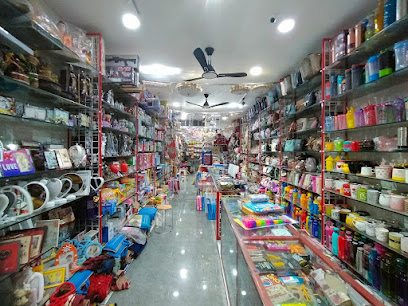
Veena Fancy Store
Discover the vibrant culture of Chhattisgarh at Veena Fancy Store, where unique gifts and traditional crafts await every traveler.
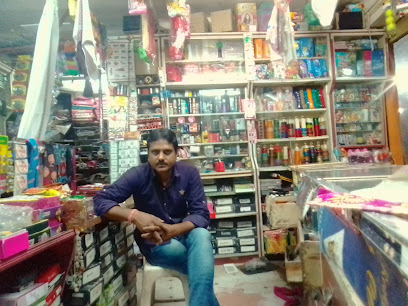
Red Teddy Exclusive Gifts Showroom
Explore Raipur's vibrant culture through unique gifts at Red Teddy Exclusive Gifts Showroom, a must-visit shopping destination.
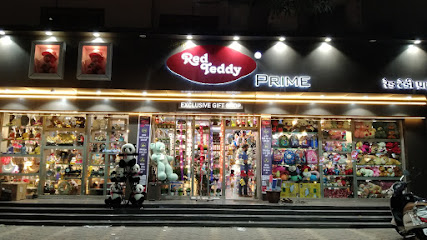
Celebrations Gifts - Best Gift Shop in Raipur
Explore Celebrations Gifts in Raipur for unique souvenirs and special gifts, showcasing local craftsmanship and creativity.
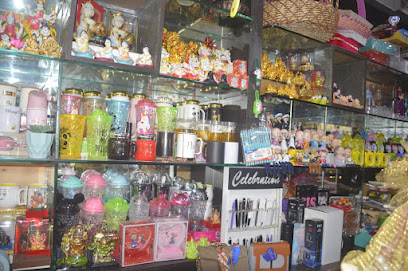
SONU GIFT SHOP
Explore the vibrant offerings of Sonu Gift Shop in Raipur, where unique gifts, cosmetics, and toys await every visitor.
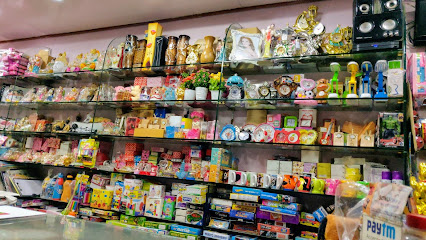
SHUBHAM FANCY SHOP
Discover Shubham Fancy Shop in Raipur: Your go-to destination for unique gifts, cosmetics, and chic accessories.
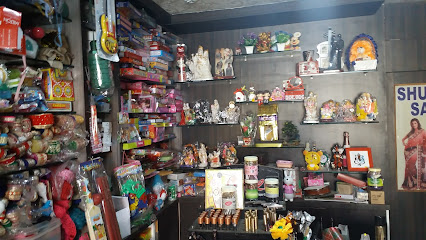
Blue Star Gift Collection
Explore the vibrant Blue Star Gift Collection in Raipur for unique souvenirs and local handicrafts that capture the spirit of Chhattisgarh.

Hum Tum
Discover a treasure trove of unique gifts at Hum Tum, Raipur's charming shop for clothing accessories, toys, and more, perfect for every souvenir seeker.
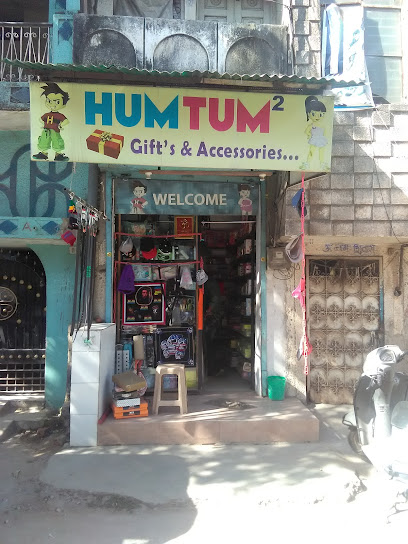
Renuka Fancy Stores
Discover local culture and unique shopping experiences at Renuka Fancy Stores, a vibrant mall in Bhanpuri, Raipur, filled with treasures to explore.
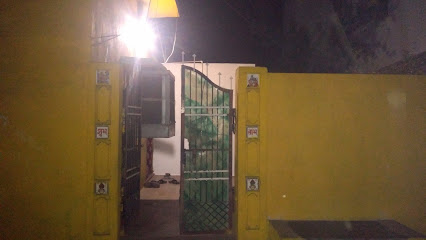
Essential bars & hidden hideouts
10 Downing Street - Raipur
Discover the lively ambiance and diverse menu at 10 Downing Street, Raipur's premier pub and restaurant, perfect for food enthusiasts.

On The Rocks
Experience the vibrant nightlife of Raipur at On The Rocks, where great drinks, DJ services, and an unforgettable atmosphere await you.
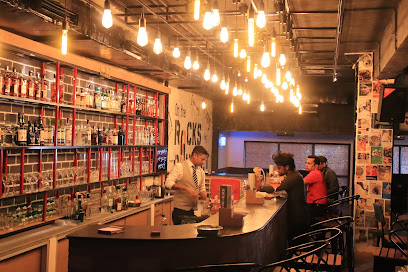
Octopus Bar
Discover the vibrant nightlife of Raipur at Octopus Bar, where eclectic drinks and a lively atmosphere await every visitor.
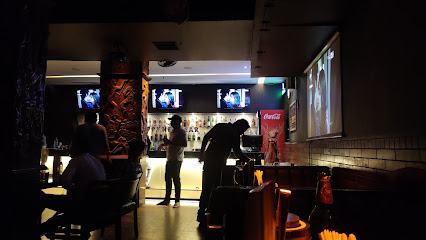
Sandeep Bar & Restaurant
Experience the vibrant flavors of Raipur at Sandeep Bar & Restaurant, where delicious food meets a lively atmosphere perfect for relaxation.
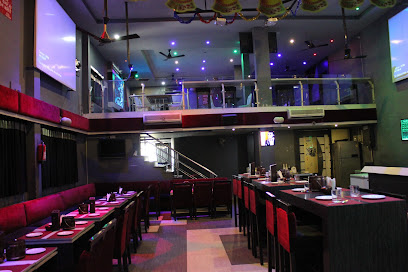
IBIZA THE LOUNGE
Discover Ibiza The Lounge in Raipur: A stylish retreat blending delicious cuisine and vibrant ambiance for an unforgettable experience.
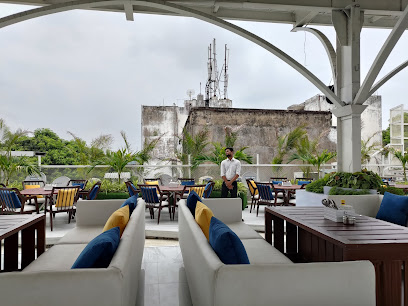
GILLETTE BAR & RESTAURANT
Discover the vibrant flavors of Raipur at Gillette Bar & Restaurant, where local cuisine meets international charm in a lively atmosphere.
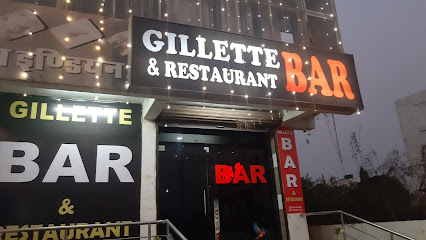
London Bar, Raipur
Discover the vibrant London Bar in Raipur, where exquisite cocktails, fine wines, and delectable cuisine come together in a lively setting.
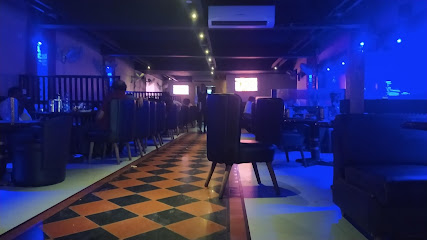
Vinar Restaurant and Bar
Experience the vibrant ambiance and delicious cuisine at Vinar Restaurant and Bar, Raipur's favorite dining spot for tourists and locals alike.

Xtreme Sports Bar
Experience the thrill of sports at Xtreme Sports Bar, where fans unite for unforgettable moments and delicious drinks in Raipur.
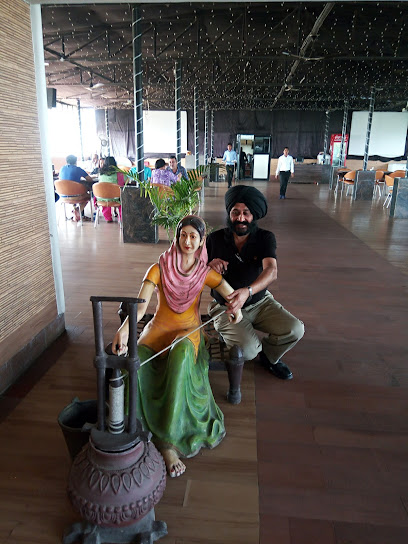
Yogi Bar
Experience the vibrant nightlife at Yogi Bar in Raipur, where delicious drinks meet a lively atmosphere and friendly locals.
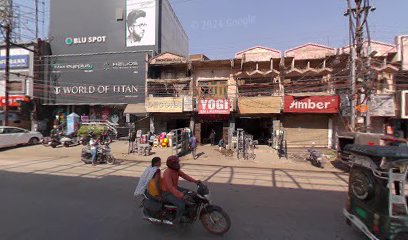
Madhusala Bar
Experience the vibrant nightlife of Raipur at Madhusala Bar, where drinks, music, and a welcoming atmosphere await you.

High Street Lounge
Discover the vibrant nightlife at High Street Lounge in Raipur, where great drinks and a lively atmosphere await every visitor.
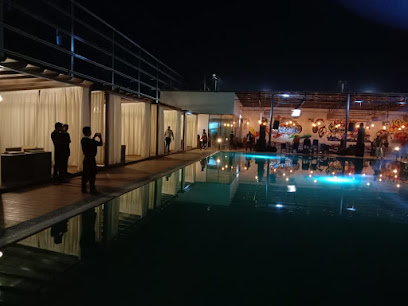
Olive Bar
Discover the lively ambiance and refreshing drinks at Olive Bar, a must-visit nightlife destination in Raipur, Chhattisgarh.
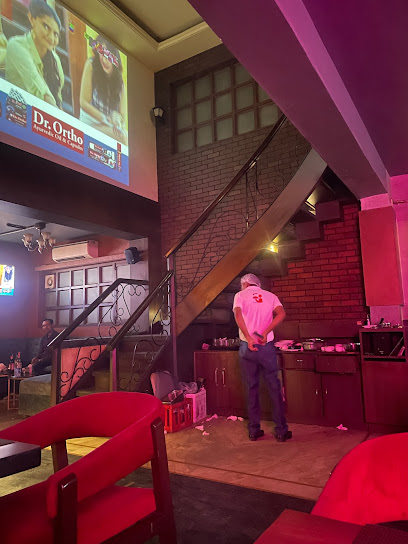
Sharda Bar
Experience the vibrant nightlife of Raipur at Sharda Bar, where great drinks and a cozy atmosphere await!
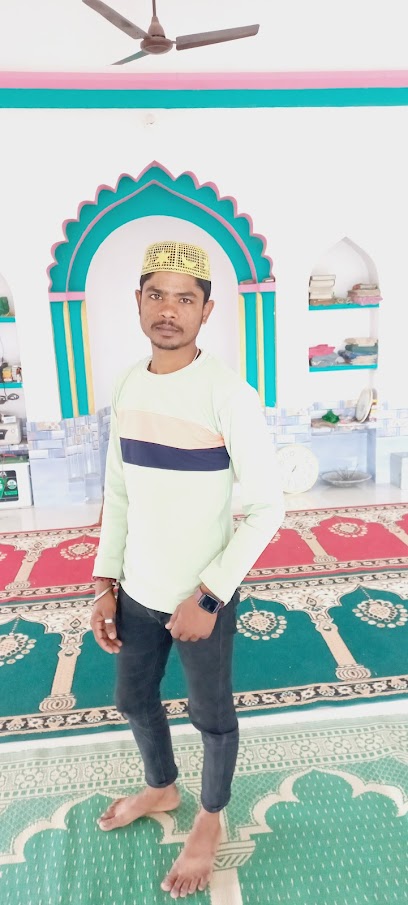
Olive Bar Raipur
Discover the vibrant flavors and lively atmosphere at Olive Bar Raipur, where culinary delights meet refreshing drinks in a perfect setting.
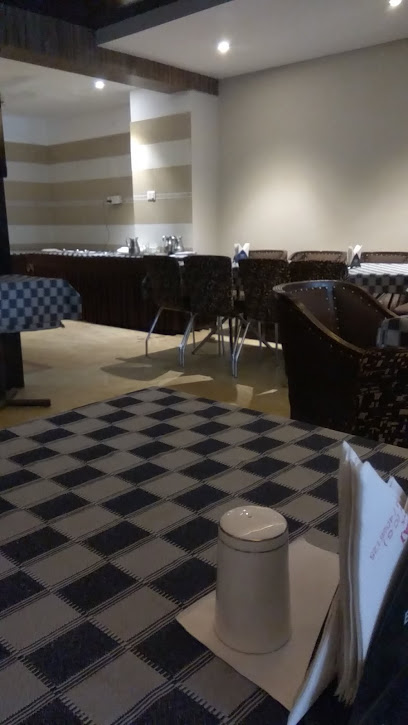
Local Phrases
-
- Helloनमस्ते
[namaste] - Goodbyeअलविदा
[alvida] - Yesहां
[haan] - Noनहीं
[nahin] - Please/You're welcomeकृपया
[krupaya] - Thank youधन्यवाद
[dhanyavaad] - Excuse me/Sorryमाफ़ कीजिए
[maaf keejiye] - How are you?आप कैसे हैं?
[aap kaise hain?] - Fine. And you?ठीक हूँ। आप?
[theek hoon. aap?] - Do you speak English?क्या आप अंग्रेज़ी बोलते हैं?
[kya aap angrezi bolte hain?] - I don't understandमुझे समझ में नहीं आया
[mujhe samajh mein nahi aaya]
- Helloनमस्ते
-
- I'd like to see the menu, pleaseकृपया मेनू देखना चाहूँ
[krupaya menu dekhna chahoon] - I don't eat meatमैं मांस नहीं खाता
[main maans nahi khata] - Cheers!चियर्स!
[cheers!] - I would like to pay, pleaseकृपया मैं भुगतान करना चाहूँ
[krupaya main bhugtan karna chahoon]
- I'd like to see the menu, pleaseकृपया मेनू देखना चाहूँ
-
- Help!बचाओ!
[bachao!] - Go away!चले जाओ!
[chale jao!] - Call the Police!पुलिस को बुलाओ!
[police ko bulao!] - Call a doctor!डॉक्टर को बुलाओ!
[doctor ko bulao!] - I'm lostमैं खो गया हूँ
[main kho gaya hoon] - I'm illमुझे बीमारी है
[mujhe bimari hai]
- Help!बचाओ!
-
- I'd like to buy...मैं ... खरीदना चाहूँ
[main ... khareedna chahoon] - I'm just lookingमैं बस देख रहा हूँ
[main bas dekh raha hoon] - How much is it?यह कितने का है?
[yah kitne ka hai?] - That's too expensiveयह बहुत महंगा है
[yah bahut mahanga hai] - Can you lower the price?क्या आप कीमत कम कर सकते हैं?
[kya aap keemat kam kar sakte hain?]
- I'd like to buy...मैं ... खरीदना चाहूँ
-
- What time is it?अब कितने बजे हैं?
[ab kitne baje hain?] - It's one o'clockएक बजे हैं
[ek baje hain] - Half past (10)दस बजे के बाद सवा दस
[das baje ke baad sava das] - Morningसुबह
[subah] - Afternoonदोपहर
[dopahar] - Eveningशाम
[shaam] - Yesterdayकल
[kal] - Todayआज
[aaj] - Tomorrowकल
[kal] - 1एक
[ek] - 2दो
[do] - 3तीन
[teen] - 4चार
[chaar] - 5पांच
[paanch] - 6छह
[chhe] - 7सात
[saat] - 8आठ
[aath] - 9नौ
[nau] - 10दस
[das]
- What time is it?अब कितने बजे हैं?
-
- Where's a/the...?एक/यहाँ ... कहाँ है?
[ek/yahan ... kahan hai?] - What's the address?पता क्या है?
[pata kya hai?] - Can you show me (on the map)?क्या आप मुझे दिखा सकते हैं (नक्शे पर)?
[kya aap mujhe dikhha sakte hain (naksha par)?] - When's the next (bus)?अगली (बस) कब है?
[agli (bus) kab hai?] - A ticket (to ....)एक टिकट (.... के लिए)
[ek ticket (.... ke liye)]
- Where's a/the...?एक/यहाँ ... कहाँ है?
History of Raipur
-
Raipur's history extends back to the 9th century, when it was part of the Dakshina Kosala kingdom. The region finds mention in ancient texts and inscriptions, indicating its significance as a cultural and administrative center.
-
Raipur was founded in the 14th century by King Ramachandra of the Kalachuri dynasty. The city was established as the capital of the Chhattisgarh region, marking the beginning of its importance in regional politics and culture.
-
In the 18th century, Raipur came under the control of the Marathas. The city experienced significant cultural and economic changes during this period, including the construction of several temples and markets that still stand today.
-
Raipur became part of British India in the early 19th century. It was incorporated into the Central Provinces and Berar. The British established administrative structures, schools, and railways, which facilitated the city's modernization.
-
After India gained independence in 1947, Raipur continued to grow as an administrative and educational hub. The establishment of various educational institutions and industrial units contributed to its rapid development.
-
In 2000, Raipur was designated the capital of the newly formed state of Chhattisgarh. This event marked a significant turning point, leading to accelerated urban development and infrastructural advancements.
-
Raipur boasts a rich cultural heritage, reflected in its numerous festivals, traditional arts, and crafts. The city is known for its vibrant folk dances, music, and the annual Rajim Kumbh Mela, a major cultural and religious festival.
-
Raipur is home to several historical landmarks, including the Mahant Ghasidas Memorial Museum, Purani Basti, and the Dudhadhari Temple. These sites offer a glimpse into the city's architectural and historical legacy.
Raipur Essentials
-
Raipur is well-connected by air, rail, and road. The Swami Vivekananda Airport in Raipur offers regular flights to major cities in India such as Delhi, Mumbai, Kolkata, and Bangalore. The Raipur Junction railway station is a major hub in the Indian Railways network, with trains connecting to cities across the country. National highways NH30 and NH53 pass through Raipur, making it accessible by road. Buses operated by Chhattisgarh State Road Transport Corporation (CSRTC) and private operators also provide connectivity to nearby cities and towns.
-
In Raipur, you can get around using various modes of transport. Auto-rickshaws and cycle-rickshaws are widely available for short distances. For longer distances, taxis and app-based ride services like Ola and Uber are convenient options. The city also has a public bus service operated by Raipur City Bus Limited, covering major routes within the city. For a more local experience, you can hire a bicycle or scooter from rental services.
-
The official currency of India is the Indian Rupee (INR). Credit and debit cards are widely accepted in hotels, restaurants, and larger shops in Raipur. However, it is advisable to carry some cash for smaller establishments, street vendors, and auto-rickshaws. ATMs are readily available throughout the city for cash withdrawals.
-
Raipur is generally safe for tourists, but it is important to take standard precautions. Avoid isolated areas after dark and be cautious of your belongings in crowded places. Areas such as Pandri Market and the railway station can get congested, so be vigilant against pickpocketing. It is always wise to use reliable transportation services and avoid accepting rides from strangers.
-
In case of an emergency, dial 100 for police assistance and 101 for fire services. For medical emergencies, dial 108 for an ambulance. Raipur has several hospitals and clinics, including AIIMS Raipur and Ramkrishna Care Hospital, which provide emergency medical services. It is advisable to carry a copy of your travel insurance and local emergency contact numbers with you at all times.
-
Fashion: Do dress modestly, especially when visiting religious sites. Avoid wearing revealing clothing. Religion: Do respect local customs and traditions. Remove your shoes and cover your head when entering temples. Public Transport: Do be respectful and give up your seat to elderly passengers. Don’t eat or drink on public transport. Greetings: Do greet people with 'Namaste' by joining your palms together. A handshake is also acceptable in more formal settings. Eating & Drinking: Do try local delicacies and accept food offerings graciously. Don’t refuse hospitality, as it is considered impolite.
-
To experience Raipur like a local, visit the vibrant local markets such as Pandri Market and Gol Bazaar, where you can buy traditional Chhattisgarhi handicrafts and textiles. Engage with the locals, who are known for their warm hospitality. Don't miss out on trying local dishes like 'Chana Samosa' and 'Faraa'. For a unique experience, take a walk around the Marine Drive of Raipur, a popular spot among locals for evening strolls and street food.
Trending Landmark in Raipur
-
Marine Drive (Telibandha Lake)
-
PUNO - Advance Raipur
-
Gadh Kalewa
-
Energy Park(Urja park)
-
Purkhouti Muktangan
-
Gandhi Udyan, Raipur
-
Budha Talab Raipur
-
Shree Ram Mandir
-
Guru Ghasidas Chowk, Nagar Gadhi
-
Shahid Smarak Bhawan
-
Atal Park
-
Lal Qila, The Red Fort
-
Gandhi Udyan Park
-
Nandan Van Zoo
-
Mahant Ghasidas Memorial Museum
Nearby Cities to Raipur
-
Things To Do in Nagpur
-
Things To Do in Jabalpur
-
Things To Do in Visakhapatnam
-
Things To Do in Ranchi
-
Things To Do in Bhubaneswar
-
Things To Do in Varanasi
-
Things To Do in Bhopal
-
Things To Do in Kanpur
-
Things To Do in Patna
-
Things To Do in Lucknow
-
Things To Do in Gwalior
-
Things To Do in Aurangabad
-
Things To Do in Kolkata
-
Things To Do in Ranthambore
-
Things To Do in Lumbini











